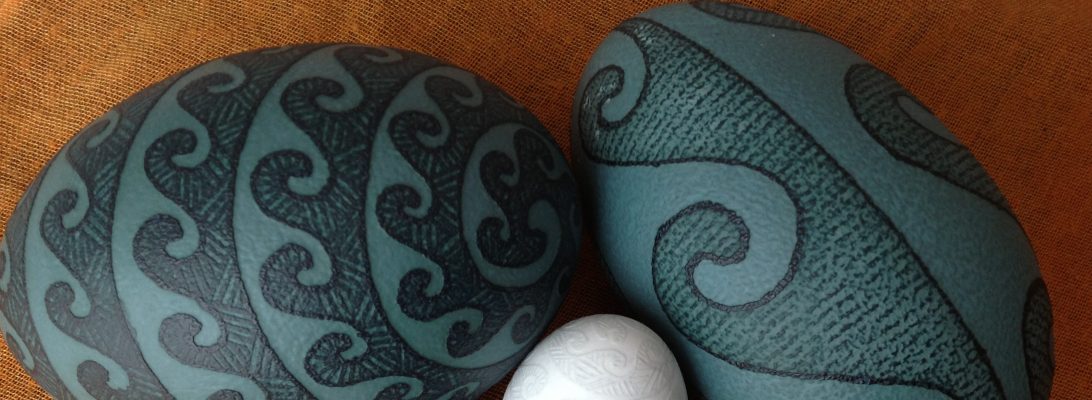A lady working at Herbie’s Herbs in Toronto suggested that I try out gardenia when I was shopping for dye-herbs there. She said, gardenia is used to color food in Chinese cuisine. So I bought some to give it a try. Apparently, it’s not just food.

Dominique Cardon writes about gardenia in her Natural Dyes:
Huangzhi is the source of a brilliant golden yellow that was of great cultural importance in ancient China. Together with madder red, indigo blue, white and acorn black (see Ch. 9), gardenia yellow was one of the five ‘pure’ or ‘correct’ colours to which numinous power was attributed and to whose di (power) shrines and ceremonies were dedicated as an integral part of wu xing, the philosophy of the Five Elements (see Ch. 4, p. 137). Of these five elements (fire, earth, wood, water and metal), earth was considered as the centre of all creation and was represented by the colour yellow obtained from gardenia. Not only did the emperor and imperial family wear huangzhi robes, but even the paper of imperial documents was of this colorur. (McClintock Dusenbury 2004)
The dye is supposed to be a direct dye, that is, it is supposed to work without a mordant, but I haven’t had time to play with it properly yet, so I used my usual recipe: about half of the packet above (so about 50-60g) of dried gardenia fruit, simmered with about 1.5 cup water, strained, added alum.
The dye came out rather viscous, and soon became too sticky to work as a dye on an egg (it was sticking to the egg surface and not coming off evenly), so I set it aside after the one initial use (the yellow on the brown egg on the left). It did layer quite well with sappan wood, you can see the result, before it became too sticky. After a while I decided to give it another chance, so I strained the dye through a paper towel to remove the thick gluey formations, added more water and brought to a boil again, and when it was thus diluted, it worked perfectly again – see the egg on the right. Probably the way to go would be to use less fruit from the beginning.
It is supposed to give quite a range of colors on fabrics (when changing time, Ph, temperature, oxygen content, etc.) and it is also supposed to be an excellent ground for safflower red (used with safflower pink, which otherwise seems to be rather moody and weak), so I might play some more with it in the future. And I might end up buying more books of the ones Dominique Cardon refers to when talking about gardenia, its a never ending story :).
